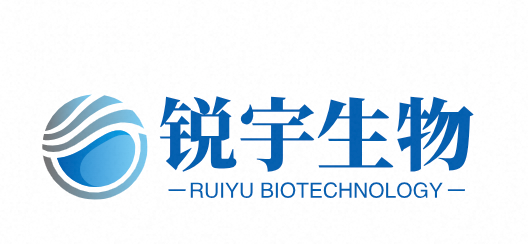Classification of Pharmaceutical Intermediates
Classification of Pharmaceutical Intermediates
Pharmaceutical intermediates are substances that serve as intermediate products or compounds in the drug synthesis process within the pharmaceutical manufacturing industry. Through a series of intricate chemical reactions, these intermediates are transformed into the final pharmaceutical products. The realm of pharmaceutical intermediates is characterized by a vast array of types, encompassing diverse chemical structures and reaction pathways.
❖ Common Organic Intermediates: In the field of organic synthesis, compounds such as aldehydes, ketones, carboxylic acids, esters, ethers, and amines are widely used as pharmaceutical intermediates. These organic molecules play a fundamental role in constructing the complex molecular structures of drugs, serving as key building blocks in various synthetic routes.
❖ Heterocyclic Intermediates: Heterocyclic compounds, including pyrrole, pyrazole, indole, thiazole, morpholine, and thiophene, are of particular significance in drug synthesis. Their unique ring structures and chemical properties make them essential components for creating bioactive molecules, enabling the development of drugs with specific therapeutic functions.
❖ Specialized Reagents as Intermediates: Chemical reagents such as reducing agents, oxidizing agents, bases, and acids, although often considered reaction - facilitating substances, also function as a specialized category of pharmaceutical intermediates. These reagents are used to manipulate reaction conditions, drive chemical reactions forward, and precisely control the reaction pathways, thereby influencing the formation and properties of the final drug products.
In conclusion, the diversity of pharmaceutical intermediates is extensive, spanning a wide range of organic structures and chemical reactions. These intermediates are the backbone of the pharmaceutical manufacturing process, underpinning the development and production of safe, effective medications that improve global health.


